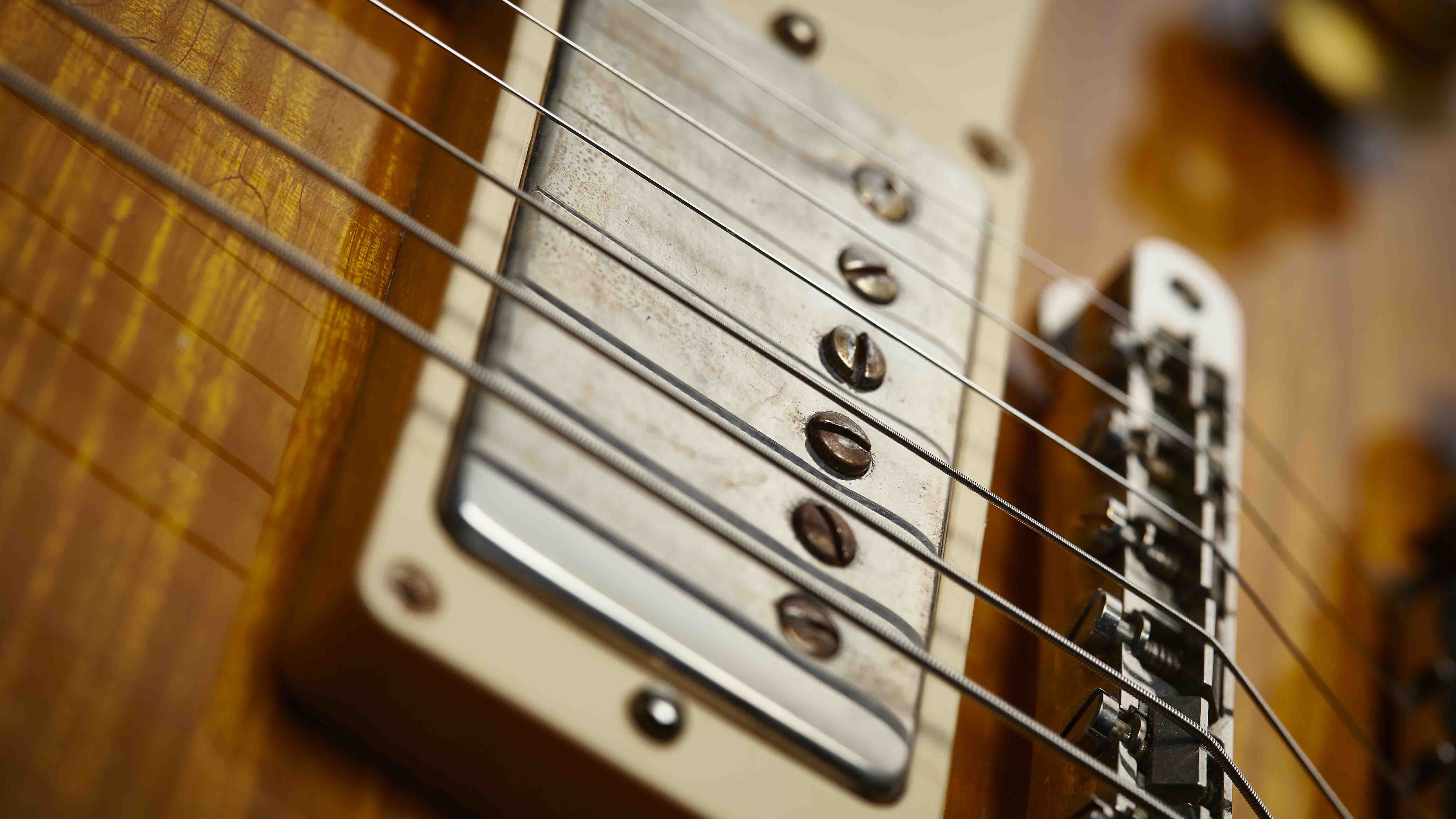
Introduction
Like so many areas of the modern guitar marketplace, the pickup arena is incredibly overcrowded. When dealing with something that is essentially made of a few simple components, it can be difficult to comprehend what could possibly make a £150 pickup so different from one you'd throw away.
At times, it seems the pickup world is almost wilfully confusing; and it certainly seems to have more than its fair share of 'snake oil' remedies!
At the same time, though, the right pickup has the capacity to do two things: it can turn a good guitar into a great one; and it can be the missing link or tweak in your tonal chain. Let's deal with those two possible scenarios separately:
The simplest way to upgrade a low or mid-priced guitar that already happens to be built well is normally to upgrade the pickups
Many guitars in the sub-£1,000 bracket come with cheaply made or in-house pickup designs rather than one of the ubiquitous high-quality aftermarket models.
When best-selling pickups like the Seymour Duncan '59, Alnico II Pro, JB and Custom - or DiMarzio Super Distortion, Evolution or Tone Zone - have appeared on so many classic records, you'd be forgiven for thinking guitars would simply sell better with them in place.
The reason why many lower and mid-priced guitars don't carry these pickups comes down to pure economics: the cost of buying them in at the factory would push the price of the guitar up to the next price bracket - maybe further once the dealer's percentage-based markup had been applied.
Put simply, it's another link in the chain - extra shipping, extra administration, and at least one extra pair of hands wanting to profit from the arrangement!
For these reasons, the simplest way to upgrade a low or mid-priced guitar that already happens to be built well is normally to upgrade the pickups.
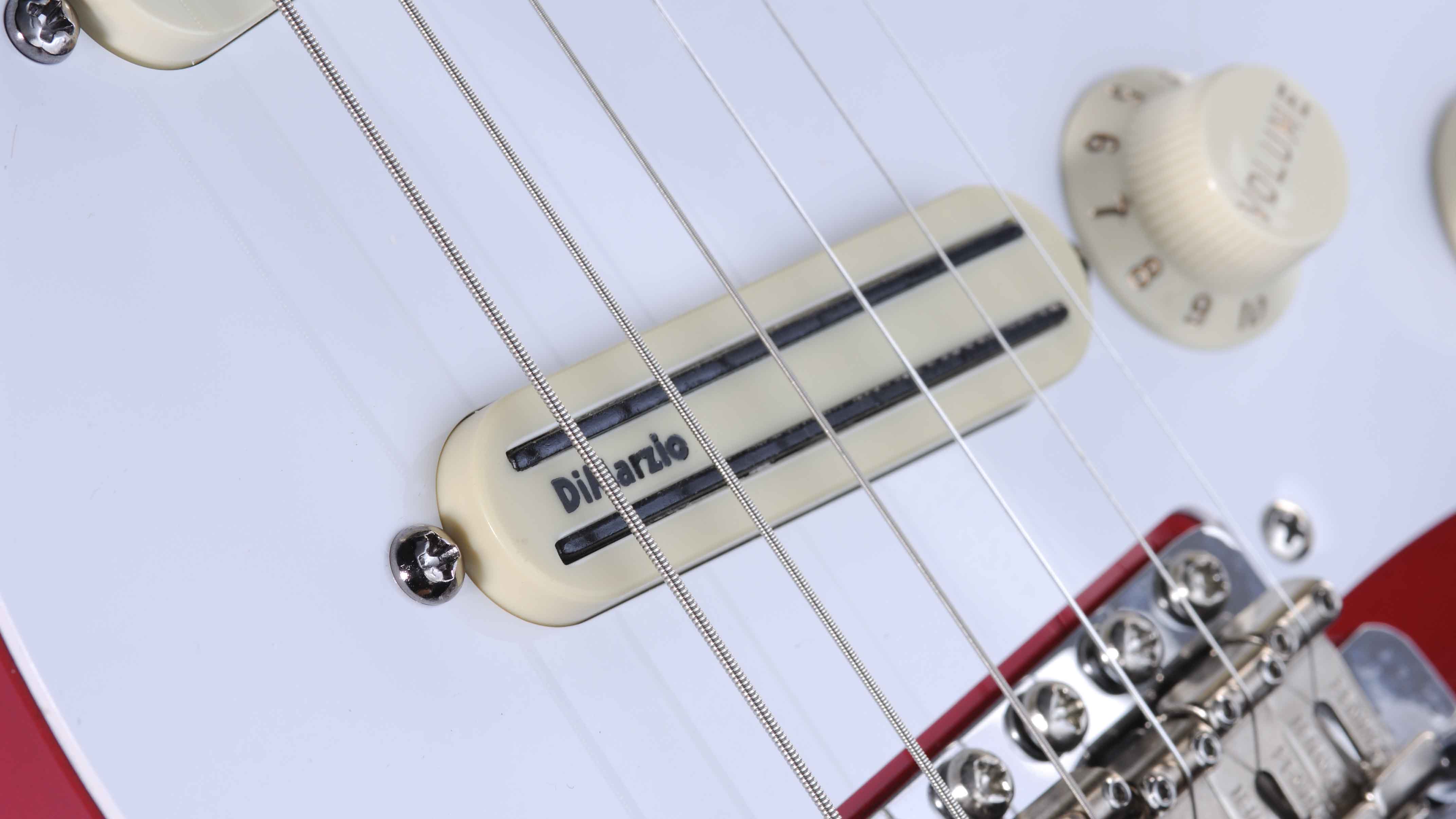
Learn the lingo
Assuming you have a guitar that rings well, plays great and doesn't fall apart, a pickup swap is generally the path of least resistance to better tone. Let's say, for example, your single-cutaway guitar is made of all the right woods, seems to ring well acoustically, and has had a good setup.
Let's assume its major tone-transmitting components (frets, bridge and nut) are in good order and of robust design. Let's also assume its electronics are in good health and of relatively standard design. At this point, we are clearly not talking about every mid-priced guitar, but the odds are now very much in our favour that the right pickup swap will yield a noticeable improvement.
So, at this point, the question is "which pickup?" If you're new to this game and own one of the classic-styled instruments, it's worth trying one of the corresponding classic options first.
The Seymour Duncan '59 is a modern production version of the great Gibson PAF pickups fitted to some of the most sought-after Les Pauls, so in terms of 'bang for the buck' it is an immediately worthy upgrade in a LP-style guitar.
If you are early on in your pickup journey, it's normally best to take small steps at first in order to familiarise yourself with the landscape before branching out. The grass is not always greener on the other side!
Most makers have a similar pickup available (DiMarzio's is called the PAF 36th Anniversary, Bare Knuckle's The Mule) and Seymour Duncan themselves even offer another more vintage-correct version in the 'Seth Lover' model.
Similarly, if you are a Strat or Tele player, it's worth exploring the classic low-medium output options first (sticking with Seymour Duncan for the sake of argument, this would equate to the Vintage Staggered or Vintage Flat set in a Strat).
These pickups act as a solid tonal reference point, and it's important to hear how they affect your sound before continuing on your tonal journey. For many players, adding well-made vintage-correct pickups to an already good sounding classic-styled guitar might prove to be the only change they ever need to make!
New tonal avenues
The plot thickens, though, when dealing with newer designs. Many of the mid-priced (even higher-priced) Ibanezes, for example, carry good-sounding home-grown pickups. With Ibanez guitars being generally geared more towards rock and metal, most of their pickup designs tend to be a little chunkier-sounding and higher in output. They can often be improved upon, but knowledge is the name of the game.
Start by checking the spec sheets for your guitar and find out the D.C. resistance of the pickups (it is roughly related - though not always linearly so - to the pickup's output) and see if the manufacturer's website gives any verbal descriptions of the pickup's character.
If, for example, your guitar contains pickups that the manufacturer claims are "thick, hot and dark with good harmonics", you can then refer to somebody like DiMarzio's website and see that the Tone Zone or D-Sonic might offer an improvement in a similar vein. Perhaps you see this description and think, "Actually, my current pickups are too thick and dark, but I want to keep the high output."
Without having to spend anything, you can learn a lot
Doing your research, or using DiMarzio's Pickup Picker, you might find that something like the smooth yet bright Evolution or the open yet grinding Crunch Lab might effect the change you are looking for.
DiMarzio's online Pickup Picker and Seymour Duncan's Pickup Selector can indeed be very useful at this point. They take account of the construction materials and physical configuration of your guitar to present a range of options depending on your musical style and desired tonal result.
Without having to spend anything, you can learn a lot - and of course you can then use the information to shop around with other great pickup makers like Bare Knuckle, Suhr, Lollar or Lindy Fralin.
It's worth reiterating that if you are early on in your pickup journey, it's normally best to take small steps at first in order to familiarise yourself with the landscape before branching out. The grass is not always greener on the other side!
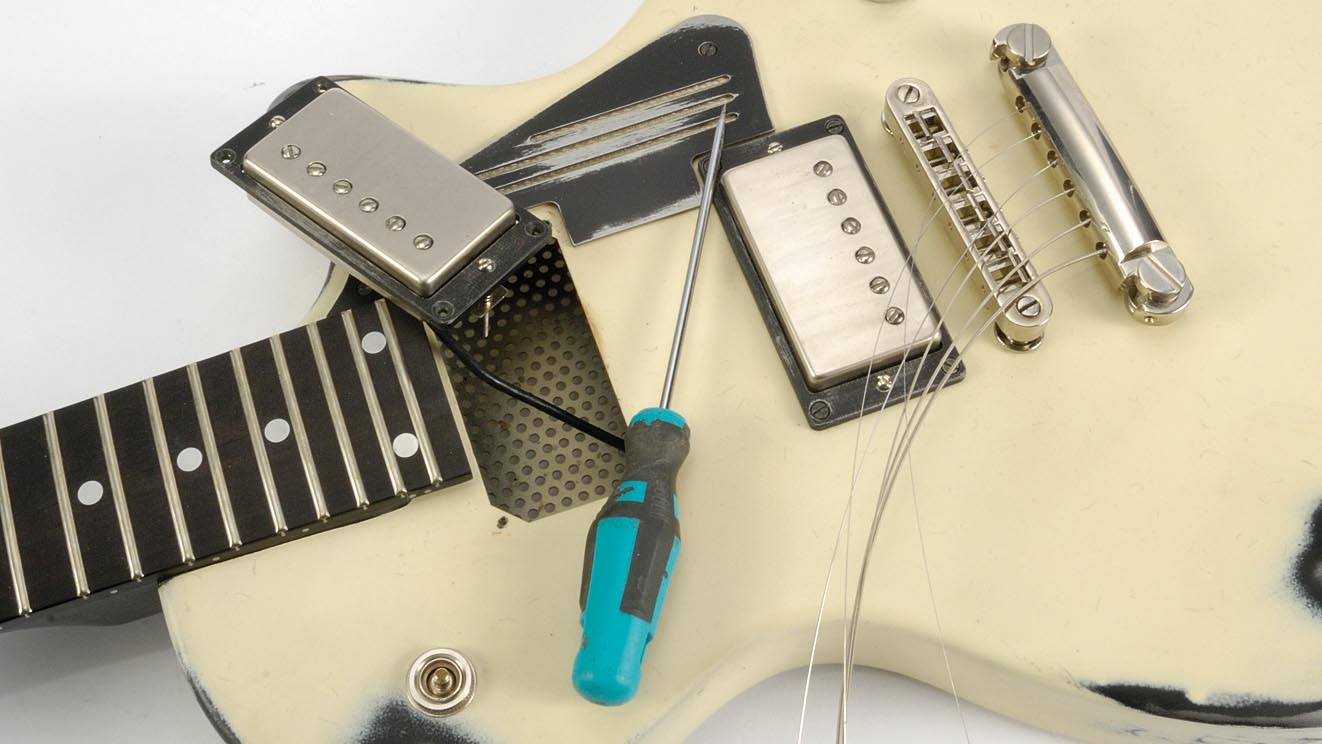
Getting technical
At this point, things get really interesting. Let's assume you've already made the first step into aftermarket pickup land, and you were pleased with the improvements. Alternatively, perhaps your guitar already came fitted with a good-branded pickup that suited it well. Somehow, though, you're beginning to feel there might be a pickup more suited to you - or there are still aspects of your tone that bother you.
Pickups can be changed almost at will, as they hold their value reasonably well and most techs won't charge a fortune for the work.
The most experienced players sometimes tie themselves in knots over tonal issues only to find the answer was staring them in the face
By the way, unless you are willing to invest time and money into buying a good soldering iron, solder, flux, tools and workbench - and subsequently learning how to do the job cleanly and safely (which you can with our step-by-step guide) - I would heartily recommend paying a tech. The heartache of potentially damaging a favourite instrument or the stress of having to work with sub-par tools far outweigh the bench charge in my opinion.
With this out of the way - and at the risk of seeming pedantic - step one is to "idiot-check" your rig.
Is your guitar properly set up and wearing new(ish) strings? Are you fundamentally happy with the sound of your amp and pedals? Are your cables of good quality and have you avoided unnecessary tonal degradation by keeping lengths to a practical minimum? Is there anything in your signal path that wouldn't normally be there that might be degrading the tone? Are any tubes, batteries or other wearing parts in good order?
The most experienced players sometimes tie themselves in knots over tonal issues only to find the answer was staring them in the face!
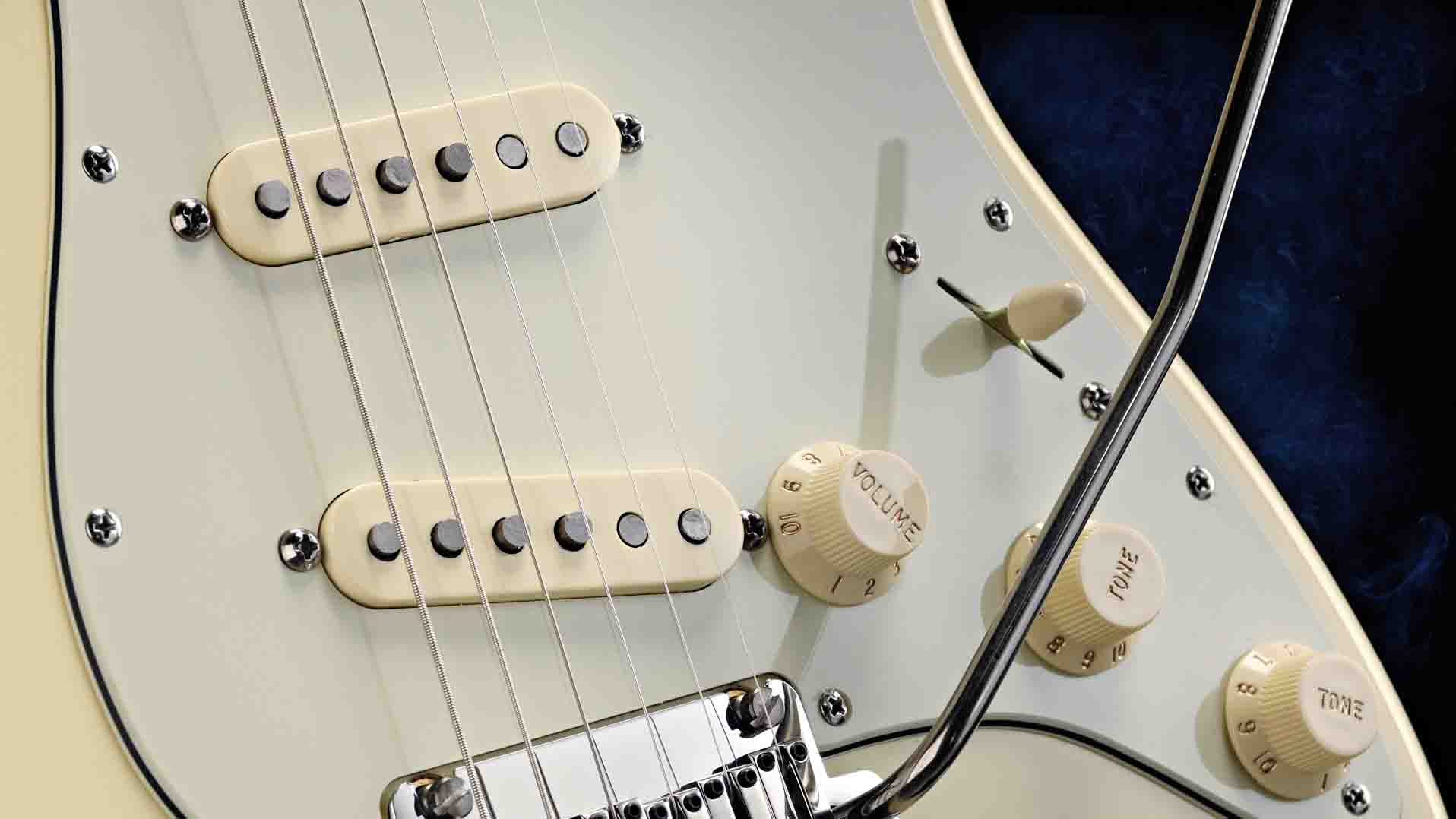
Case in point
The next step is diagnosis. For this we need a case study, and this is where the fun really begins!
My first brand-new professional-level guitar was a USA Standard Stratocaster. I bought it in 2001 and it came with a maple neck, alder body, and it had the standard (at the time) five-way switch and classic Strat wiring with a volume pot and two tone controls.
It came with a set of absolutely wonderful-sounding stock Fender pickups that had just the right balance of output, clarity, chime and warmth. Fender's pickup designs are truly excellent and are usually very well-matched to the guitar they sit in.
After two years of gigging and recording, I began to wonder what possible improvements a pickup swap might yield. I'd had good results with Seymour Duncan's Alnino II Pro humbuckers before in other guitars, and I wanted to experiment with a slightly darker and smoother version of my sound, so I bought and fitted a set of Alnico II Pro Staggered pickups. At first they sounded great. They really lent my lead tones a hint of warmth and class, and the additional smoothness balanced well with my bright maple-necked Strat.
I'd taken one step forward but - for my tone - two steps back
Quickly, though, I realised that something had been lost in translation. Some of the spank and chime had disappeared, and the two thinnest strings no longer sparkled the way they used to on big chords. Some of the piano-like 'thonk' that I enjoyed on my low strings had been replaced with a smoother, more recessed buttery warmth. I'd taken one step forward but - for my tone - two steps back!
I quickly swapped the Alnico II Pros for a set of Seymour Duncan Vintage Flats. I imagined the Alnico V magnets would bring back my missing grind and spank, and the flat polepiece arrangement might favour the thickest and thinnest strings a bit more. This choice was a hole-in-one!
I'd kept the vintage output and flavour right where I wanted it, I'd stuck with the slightly creamier than stock Seymour Duncan voicing, and I'd brought out all the lost tonal attributes. Of course, the process might have occurred in reverse - or entirely differently - for a different player; and to be fair the stock pickups were so good that my tone wasn't better, only different.
A year or so later, I was playing a bit more rock and I was listening back to some Van Halen, and I thought "I'm not using this bridge single coil; what I need is a great humbucker." I had a couple laying around (a Seymour Duncan '59 and an Alnico II Pro), so I grabbed an H/S/S scratchplate and tried them out. I wired the guitar to auto-split the humbucker in position four, so I could retain most of its versatility.
The '59 was closer to the mark in this guitar (it definitely seemed to favour Alnico V magnets in my hands), but it wasn't high-output enough for me. I was cranking it close to the strings to try and get Gibson-style grit and crunch through my Marshalls, and it just wasn’t cutting it.
A JB seemed to fill in the gaps in my scooped and spanky-sounding Strat, meaning that I could do a good impression of my Gibson SG without having to take it to every gig
I figured this time I would really do my research, and ended up with a JB humbucker. This really crunched up the midrange in an appealing way, drove the amp good and hard for dynamic palm mutes, and sustained well for hard-rock lead playing. It seemed to fill in the gaps in my scooped and spanky-sounding Strat, meaning that I could do a good impression of my Gibson SG without having to take it to every gig!
After another year or so, I was playing harder rock and metal, so I changed the bridge pickup again to a DiMarzio Tone Zone, which really ripped. This one had a razor polish along with all the output and crunch I needed. It combined even more modern-sounding palm mutes and some seriously characterful mids with a smooth, almost processed-sounding high midrange.
It was perfect for the progressive rock I was playing at the time, it Van Halened very nicely, and it still cleaned up and combined well with the other pickups, yielding a very versatile guitar. Essentially, I'd been looking for a way to make my Strat's bridge position behave like the one in my Peavey Wolfgangs, and I'd found it!
Now, this is just the story of one guitar, and I am just one player - but hopefully the message is clear: with a little research and experimentation, some wonderful results can be achieved, and your classic guitar might prove to be more versatile than you realised.
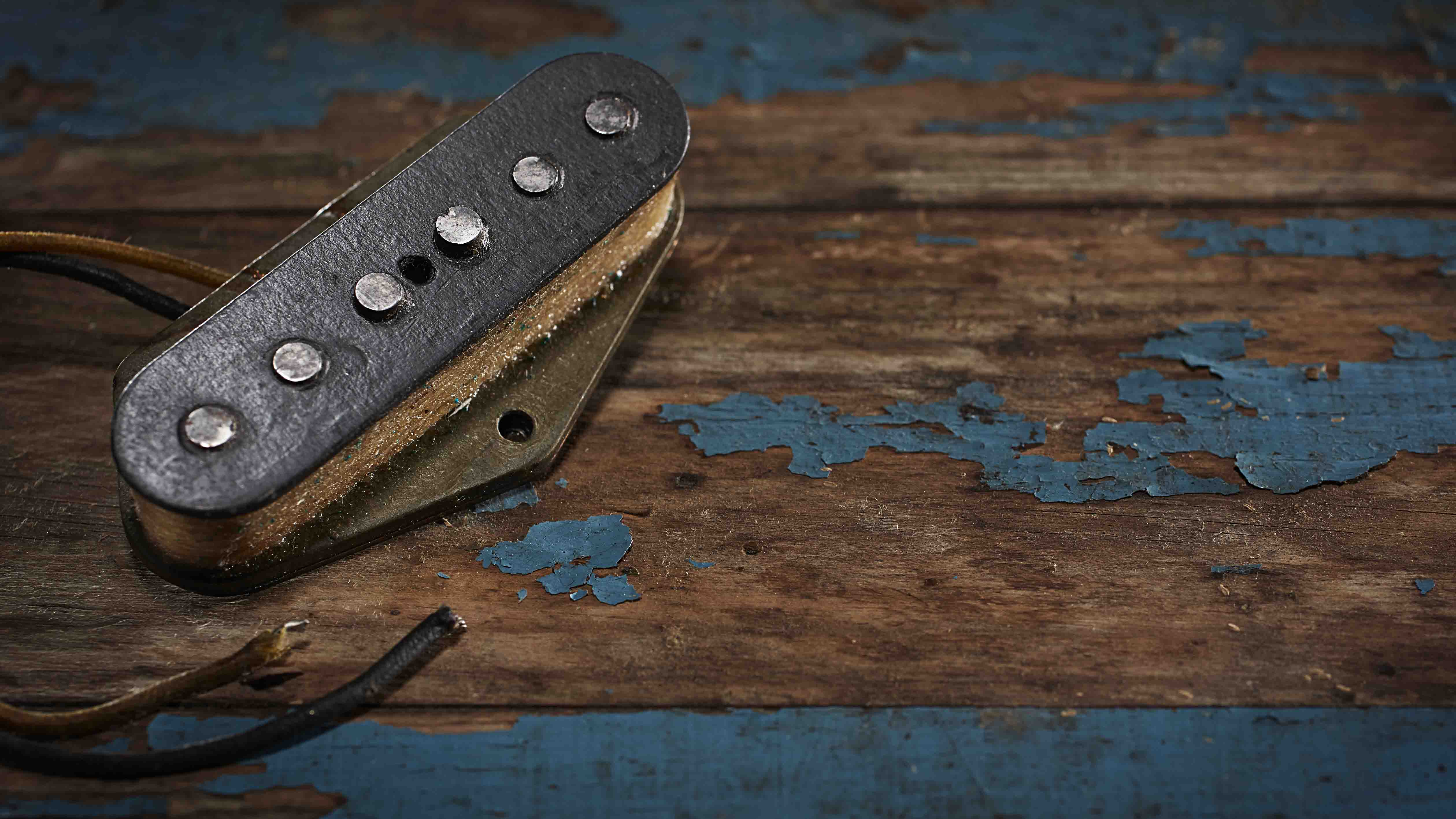
Experiment, experiment, experiment
The market is overflowing with options now, and it seems that the Seymour Duncan and DiMarzio catalogues have doubled in size since my first foray into the crazy, infuriating, wonderful world of pickup swaps.
Another useful approach at this point is to simply look at the artists you admire and find out what they're using. Perhaps you have a great H/S/H guitar, for example, and you admire John Petrucci's neck pickup tone, Steve Vai's bridge pickup tone, but you want in-between tones reminiscent of Eric Johnson.
Just sticking with DiMarzio, you'll find several generations of Petrucci's neck pickup (the Air Norton, Liquifire and Illuminator being notable examples), a range of Vai's signature Evolution and Gravity Storm bridge pickups, and a choice of several classic-sounding single coils for the centre position.
Now, you can wire this guitar as Steve Vai does - to auto-split the humbuckers in positions two and four - and you will have a do-it-all machine that pays homage to three of your favourite players! A far cry indeed from the limited landscape of the '70s and '80s.
This degree of choice is almost overwhelming, when in many ways a pickup can be thought of as a simple device that dictates which guitar frequencies hit your amp and how hard
Perhaps this degree of choice is almost overwhelming, when in many ways a pickup can be thought of as a simple device that dictates which guitar frequencies hit your amp and how hard. Maybe another approach would be to use one of a handful of simple, classic designs and employ a range of interesting pedals, or just your tone controls for the rest!
Modern pickup makers like Suhr have kept things very simple in exactly this way - simply offering a handful of lower or higher-gain pickups in slightly brighter and slightly darker voicings. All of them - without exception - sound wonderful and do exactly what they say on the tin.
Bare Knuckle offers a refreshing approach that perhaps falls halfway between the two camps - making some excellent pickups in a range of interesting flavours that have made some serious waves in the guitar world.
Ultimately, whatever your choice (and there isn't space here to discuss alternatives like active pickups, sustainers or the versatile P-90s), the message is clear. Perhaps it's a message that would serve many of us well in the bewildering modern gear landscape: do your research, keep your head and remember that - in the end - your own playing is the key to making these tools work.
Don Stick is a session guitarist and writes for Function Central - Bands For Hire.